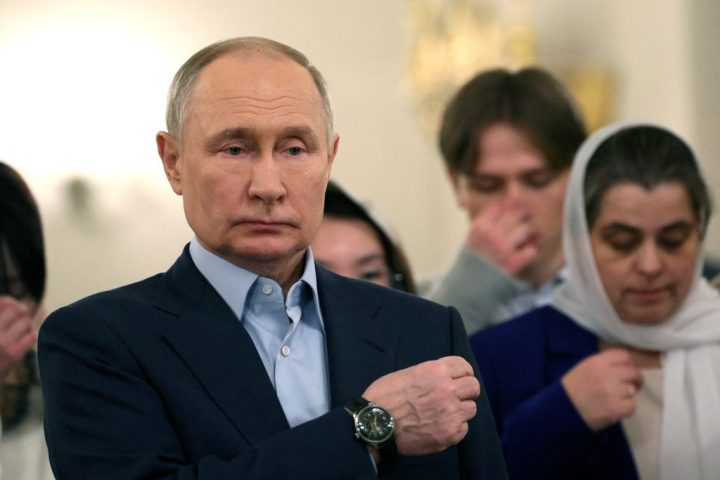Is Moscow reviving a notorious 1940s security agency? Or is the suggestion that the infamous SMERSH counterintelligence unit has been revived in Russia simply a way to troll the West? Worse yet, could it be that the country is facing the threat of a neo-Stalinist revival?
A recent video circulated on Russian social media shows a young man from the Belgorod region making a public apology for having filmed and posted footage of Russian air defences online.
Already a subscriber? Log in
Subscribe for just $2 a week
Try a month of The Spectator Australia absolutely free and without commitment. Not only that but – if you choose to continue – you’ll pay just $2 a week for your first year.
- Unlimited access to spectator.com.au and app
- The weekly edition on the Spectator Australia app
- Spectator podcasts and newsletters
- Full access to spectator.co.uk
Or




















Comments
Don't miss out
Join the conversation with other Spectator Australia readers. Subscribe to leave a comment.
SUBSCRIBEAlready a subscriber? Log in